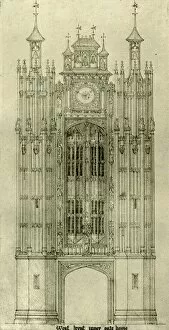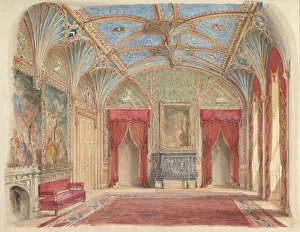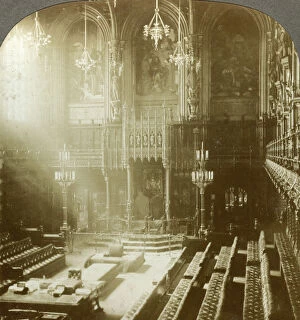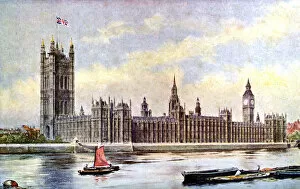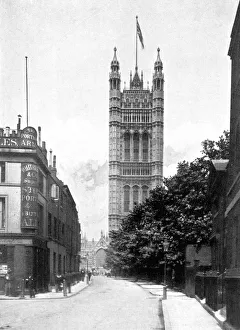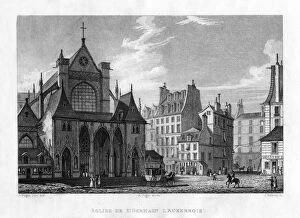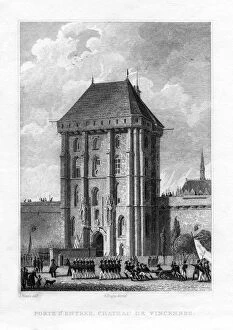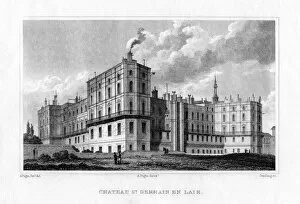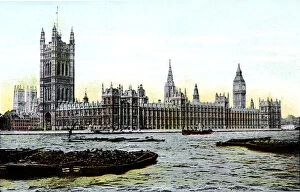Augustus Welby Northmore Collection
Augustus Welby Northmore Pugin was a renowned British architect and designer who made significant contributions to the Gothic Revival movement in the 19th century
All Professionally Made to Order for Quick Shipping
Augustus Welby Northmore Pugin was a renowned British architect and designer who made significant contributions to the Gothic Revival movement in the 19th century. His architectural drawings and designs showcased his exceptional talent and attention to detail. One of his notable works is the West Front Inner Gate House, an architectural drawing from 1833-1834. This intricate design exemplifies Pugin's mastery of Gothic architecture, with its elaborate details and grandeur. Pugin also left his mark on Eastnor Castle in Hertfordshire with his Design for the Decoration of the Drawing Room. Created around 1850, this design reflects Pugin's ability to create harmonious interiors that complemented the castle's historic charm. St Barnabas Catholic Church in Nottingham stands as another testament to Pugin's genius. Although the creator remains unknown, this church showcases Pugin's influence through its striking Gothic features and meticulous craftsmanship. In Hobart, Tasmania, St Mary's Cathedral and Convent stand as a magnificent example of Pugin's work outside Britain. Built in 1901 by an unknown creator, these structures display Pugin's signature style with their soaring spires and intricate detailing. Perhaps one of his most famous projects is The Houses of Parliament in Westminster, London. Though created by various artists at different times (c1890), these depictions capture the grandeur and majesty of this iconic landmark that still stands today. Pugin also designed other elements within The Houses of Parliament such as compartments for Anti Chapel (1833-1834) or organ screen views (1833-1834). These architectural drawings demonstrate his meticulous approach to every aspect of a building’s design. The Refreshment-Room of the House of Lords (1881) offers a glimpse into another facet of Pugin’s talent - interior design. With its opulent furnishings depicted by an unknown artist, it showcases how he seamlessly integrated aesthetics and functionality.

